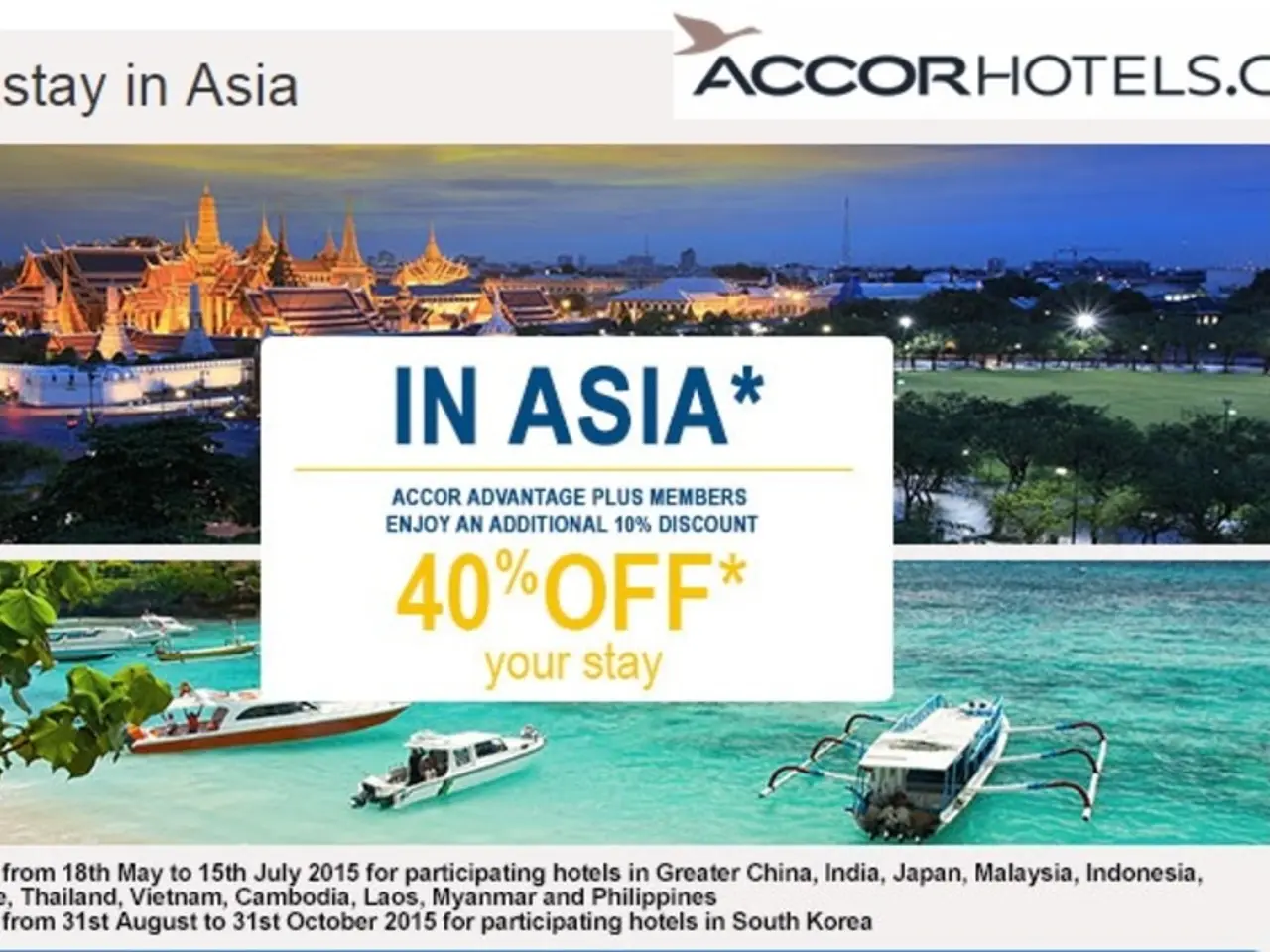Military Operations Rely on Custom LCD Displays: Crucial Equipment for Strategy Execution
In the ever-evolving landscape of military technology, custom LCD displays are emerging as a critical component, particularly in demanding and harsh environments. The market for military displays is projected to reach a staggering $1.89 billion by 2033, with AMOLEDs being the fastest growing industry segment [1].
The key benefits of choosing custom LCD displays over commercial off-the-shelf (COTS) displays for military applications center on enhanced reliability, durability, adaptability, and compliance with rigorous military standards. These displays are tailored to withstand extreme conditions such as wide temperature ranges, high electromagnetic susceptibility, and various viewing environments [2].
Custom LCDs are engineered combining leading-edge, long-life technology and industrial/automotive-grade components, ensuring reliability in severe conditions like those found in military environments [1]. They are designed to meet stringent military specifications such as MIL-STD-810 (environmental testing), MIL-STD-461 (electromagnetic interference), MIL-S-901 (shock), and other standards, ensuring operation under shock, vibration, water ingress, explosive atmospheres, and night vision compatibility [1].
Through technologies like optical bonding, custom military displays eliminate internal air gaps to reduce glare, prevent fogging, provide impact protection, and improve sunlight readability—which is crucial for maintaining operational visibility in harsh and variable lighting conditions like direct sunlight or marine environments [3].
Customization allows integration of essential features such as daylight readability, night vision compatibility, resistive or projected capacitive touch panels, EMI/EMC compliance, and cybersecurity standards (e.g., CMMC Level II) tailored to mission needs [1].
In terms of design features for withstanding extreme conditions, custom displays are housed in enclosures designed to resist water, saltwater corrosion, dust, and explosive environments, using specialized materials tested against military standards [1][3]. They also comply with shock and vibration specifications (MIL-STD-810, MIL-S-901), ensuring durability in battlefield vehicles, aircraft, or naval vessels [1][5].
Advanced thermal design prevents overheating and maintains performance in extreme heat or cold, sometimes combined with optical bonding to reduce heat buildup inside the display [3]. Optical bonding and specialized coatings reduce reflections and condensation, critical for maintaining clarity and readability under extreme weather and rapid environmental changes [3].
In summary, custom military LCD displays combine rugged hardware, military-certified design standards, and tailored optical and structural engineering to deliver reliable, durable, and mission-optimized performance that COTS displays alone cannot provide. This results in equipment that reliably supports critical applications in demanding operational theaters such as armored vehicles, aircraft, naval vessels, and outdoor field use [1][3][5].
As the military continues to adopt emerging technologies such as AR and VR, the demand for custom LCD displays is expected to grow further, ensuring that military operations remain at the cutting edge of technology.
[1] https://www.reuters.com/business/aerospace-defense/military-display-market-worth-1-89-billion-2033-2022-02-07/ [2] https://www.military-technologies.net/articles/military-lcd-displays.html [3] https://www.cevians.com/military-displays/ [4] https://www.mil-std.com/mil-std-810/ [5] https://www.mil-standards.org/mil-s-901.html
Custom LCD displays, engineered with cutting-edge technology and industrial-grade components, offer enhanced reliability and durability for military applications, enabling them to withstand extreme conditions and comply with stringent military standards. As the military industry adopts advanced technologies like AR and VR, the demand for custom LCD displays is anticipated to escalate, ensuring operations at the forefront of technology and maintaining reliable performance in demanding operational theaters.




